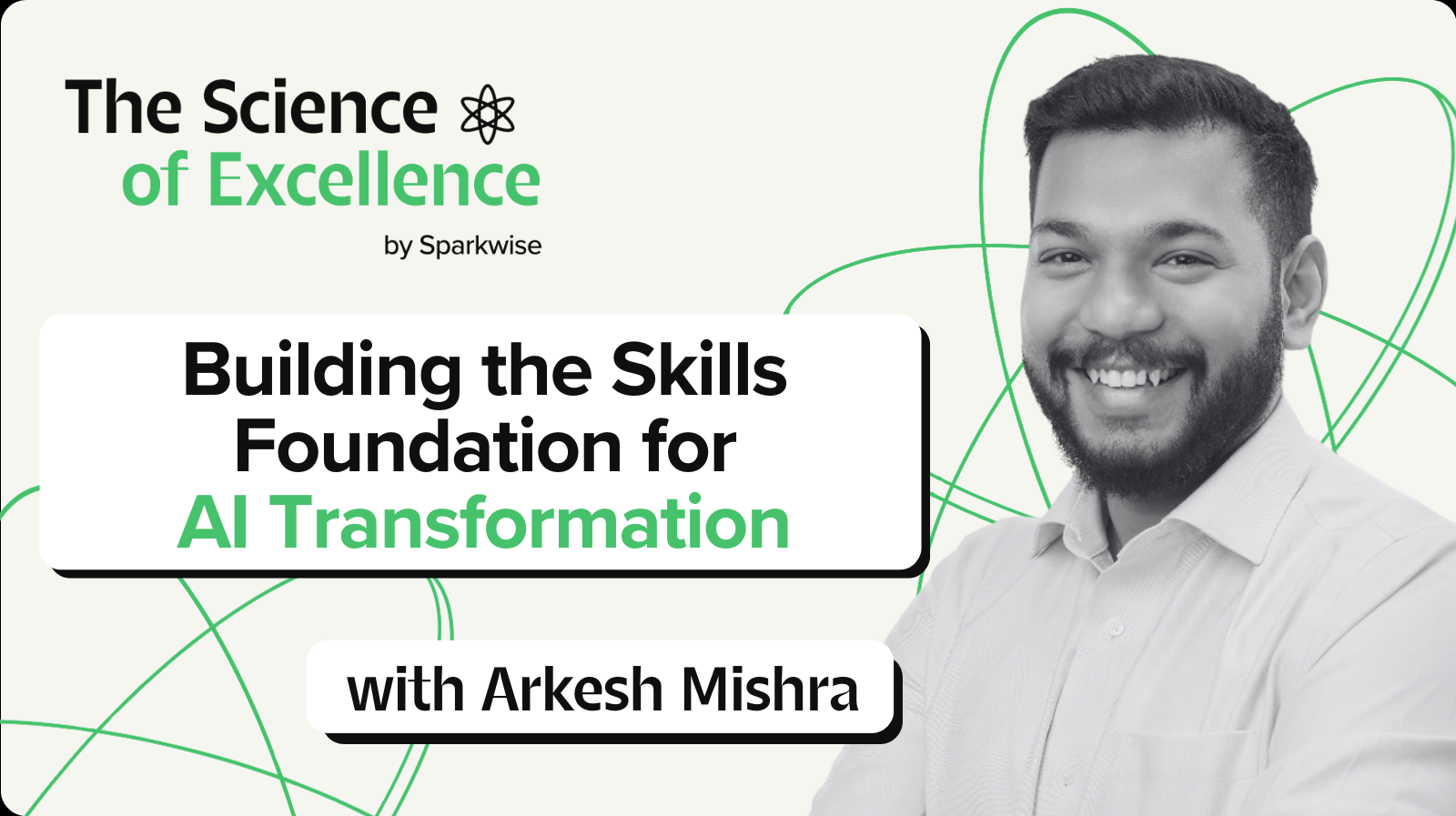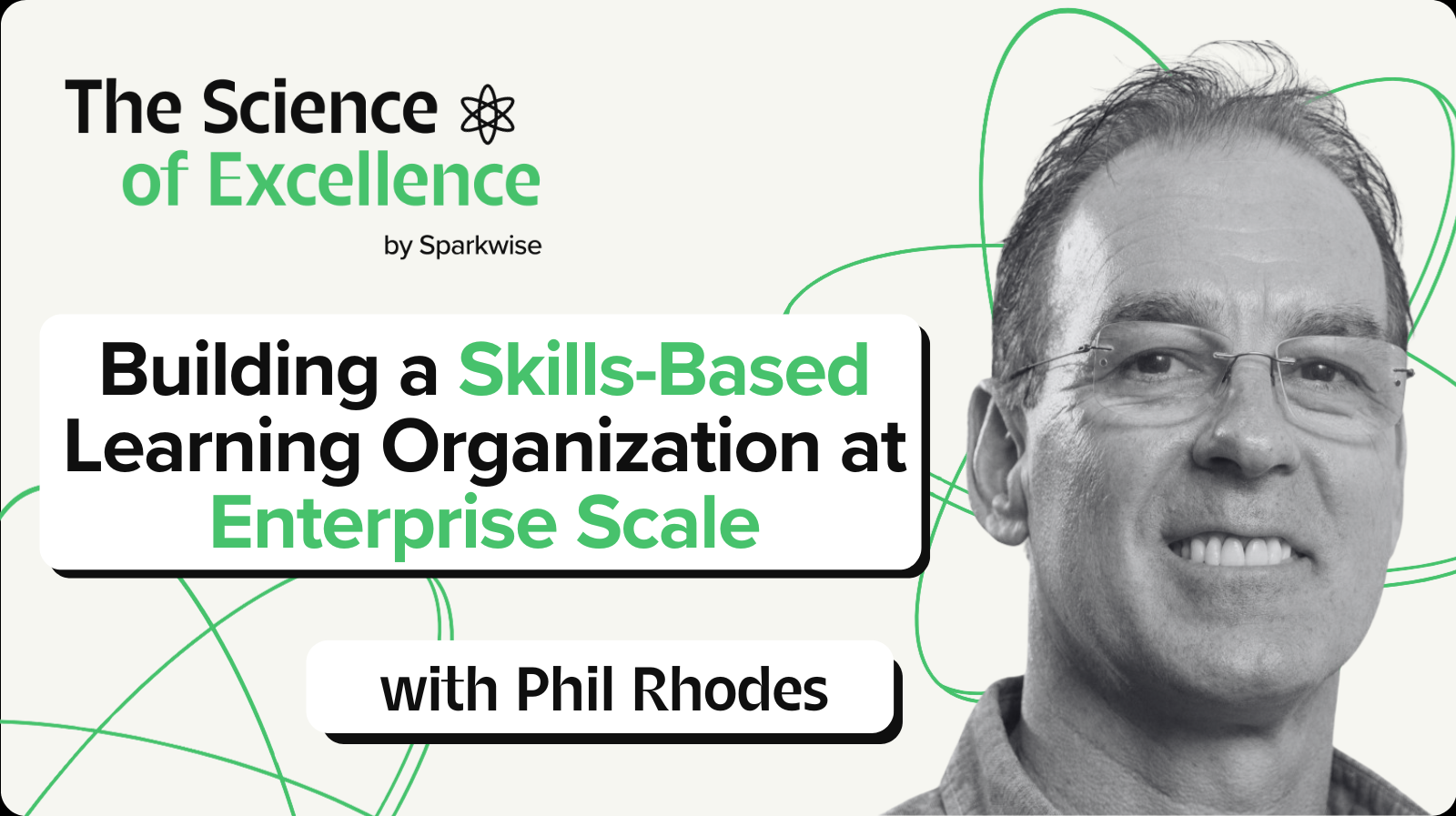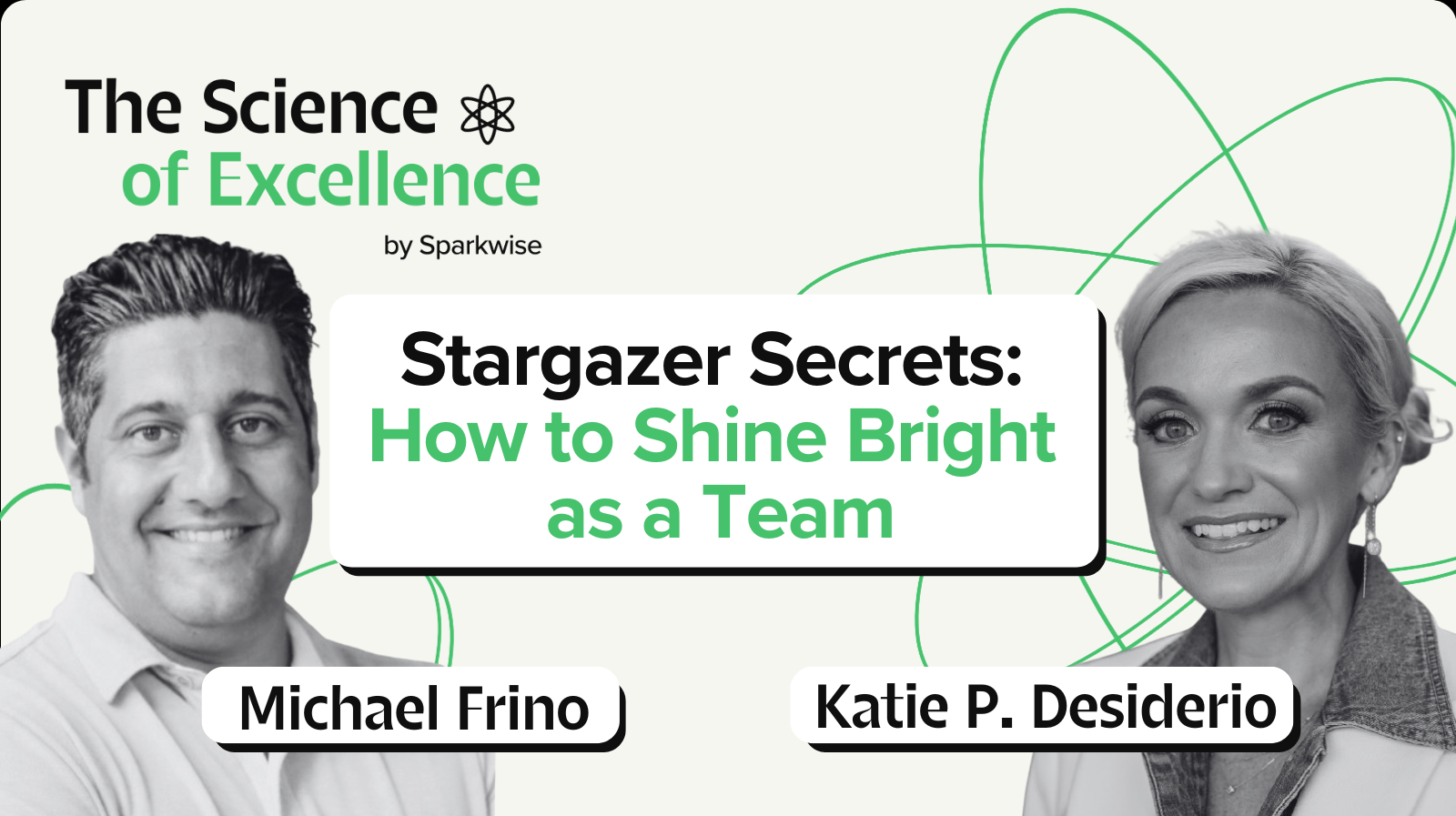In this episode of The Science of Excellence, I sat down with Jenn Nicks, who leads L&D for CBRE's property management division. She's done something most L&D leaders only dream about—turned her team into a revenue-generating function by creating customer experience training that they sell to clients.
We talked about how she built credibility through internal work first, why the market opportunity was sitting right in front of her, and how serving paying customers raises the quality bar across all her team's work. Jenn shared practical lessons on building trust, knowing when to say no, and balancing innovation with strategy.
These 5 insights stood out from our conversation:
- Build Internal Credibility Before Going External
- Look for Existing Demand
- Set Standards of Excellence and Defend Them
- Balance Capacity with Growth
- Let Paying Customers Raise Your Internal L&D Standards Too
1. Build Internal Credibility Before Going External
In Jenn's Words: "We went to each market… and had conversations with each of the leaders. e said: “we are the team to help you launch this in your market.” The entire rollout ended up being a year and a half long. We knew we needed to build the trust. We're having the conversations with the leaders of each market. What are their concerns? What can we help with? Here is the plan that we have already created. Here are communication plans that you can just send out to your market."
Trust doesn't happen overnight. Jenn spent a year and a half rolling out an internal customer experience program market by market, having conversations with leaders, understanding their concerns, and proving her team could deliver.
That internal work created the foundation for everything that came after. When the opportunity to go external emerged, business leaders already trusted L&D to represent the company to clients. You can't skip this step. Build credibility internally first, then earn the right to go external.
2. Look for Existing Demand
In Jenn's Words: "We didn't force this product out into the market. It was sitting there in front of us. It was a need that was in the market. It was something that we were already tied to and aligned to doing. It had this natural progression into it. We started with that internal program and then just naturally it was like, oh, that's the need."
The external opportunity wasn't manufactured. After launching internal customer experience training, people kept asking "what's next?" Property management works with vendors—security, janitorial, maintenance. Those workers interact with tenants but aren't CBRE employees.
The gap was obvious. Create a program that brings internal and external employees together to set a baseline for customer experience. The market demand existed before the product did. Don't force revenue-generating programs where there's no natural fit.
3. Set Standards of Excellence and Defend Them
In Jenn's Words: "We had an instance where the client wanted it virtual. You would assume like yes, easily translate into a virtual session, but when you really think about a three hour in-person workshop on Zoom, nobody wants to sit in front of their computer for three hours. It's not as engaging. You just don't have the same feel as you would in person. So we have to explain all of those nuances to also just get them to understand if you're paying for this program, we want it to be successful. The ones that we do sell, they're all in person, so we send a facilitator out to the actual property. She'll walk through the property and make sure that all of the information is relevant in the training."
Clients will push you to change things. Some requests are reasonable constraints you need to work with. Others would undermine what makes your program effective.
Jenn's team runs programs in person only. They send facilitators to properties who walk through buildings and customize content. When clients ask for virtual delivery, they explain why that would hurt outcomes. This is critical when going external—know what makes your program work and protect those elements. You can be flexible on some things, but certain standards are non-negotiable. Say no when necessary, but always explain why.
4. Balance Capacity with Growth
In Jenn's Words: "From 2024 to 2025, we had a ridiculous 246% growth in revenue. In 2024, if you had asked me about this, it was just kind of on the back burner. We could do it when we can. We knew that our priority in 2024 was internal facing employees. In 2025, yes, still so, but then we're opening doors towards those client facing training programs. Saying no in L&D is just hard enough as it is, especially to paying clients. But I know burnout is real and it's more of just knowing what our limits were."
Growth comes in bursts. Jenn saw 246% revenue growth year over year, and this year was the first time she had to consider saying no to a client due to capacity.
When you're balancing internal and external demands, capacity management becomes critical. Internal employees still come first—they're the foundation. External work fills the spaces where you have room. You'll feel stretched, especially when juggling both needs. Know your limits. Saying no to paying clients is hard, but burnout is real. Prioritise strategic and sustainable growth.
5. Let Paying Customers Raise Your Internal L&D Standards Too
In Jenn's Words: "Now we're thinking about it in that exact same framework of would you pay for this as an L&D leader? If I'm vetting content, would I pay for this? Is it gonna make a big enough impact for me? If we're doing this for external employees, we sure need to do this for our internal employees too. Just because it's not revenue generating doesn't mean we're not loyal to our employees internally. That trickling into, now let's compare it to the internal work that we're doing and make sure that's on par also."
Serving paying customers changes your quality bar. When clients take out their wallets, you think differently about whether something's good enough. That higher standard then flows back into internal work.
Jenn's team now asks "would we pay for this?" for everything they create. Having external clients created a benchmark that elevated all their work. This is one of the hidden benefits of revenue-generating L&D—it raises standards across the board.
Until next time,
Vince







.png)


.png)
.png)









.png)












.png)